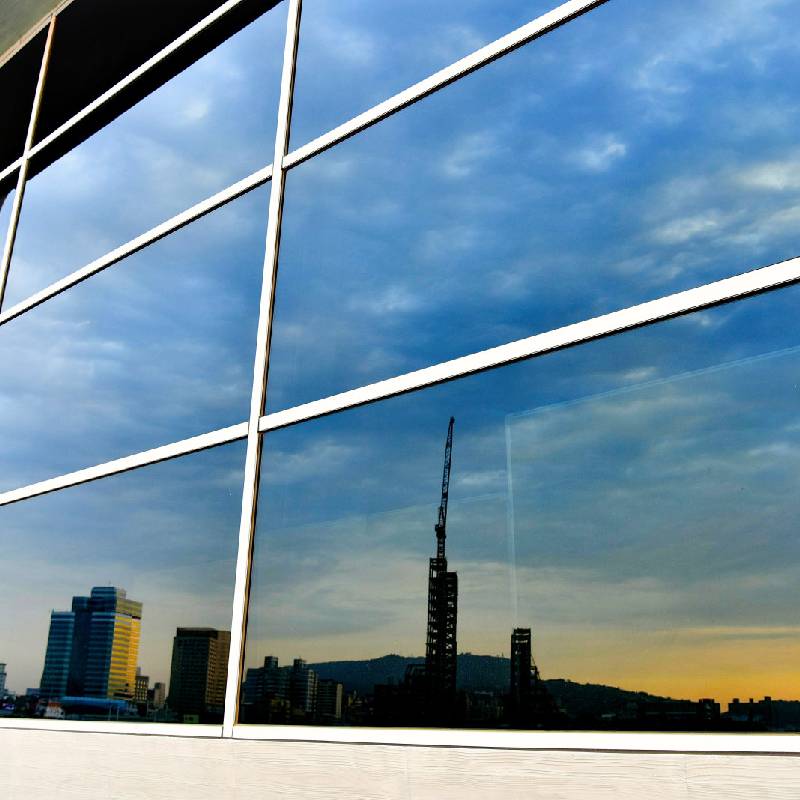

The Benefits and Applications of Thick Tempered Glass
Thick tempered glass, a specifically treated glass that offers enhanced strength and safety, has gradually become a fundamental material in various industries, including construction, automotive, and home design. Its unique properties and advantages make it an ideal choice for applications where durability, thermal resistance, and safety are paramount.
What is Thick Tempered Glass?
Thick tempered glass, often referred to as toughened glass, is produced through a process that involves heating the glass to over 600 degrees Celsius and then rapidly cooling it. This tempering process alters the physical structure of the glass, making it significantly stronger than standard glass. The resulting product can withstand greater impacts, resist temperature fluctuations, and is less likely to shatter upon breakage, which contributes to enhanced safety for users.
Applications in Construction and Architecture
In the construction and architecture fields, thick tempered glass is highly valued for its aesthetic appeal and structural integrity. It is frequently used in the creation of large glass facades, skylights, and curtain walls. These elements not only allow natural light to flood interior spaces but also contribute to energy efficiency by reducing the need for artificial lighting during daytime hours.
One of the leading benefits of thick tempered glass in architecture is its ability to endure extreme weather conditions. Buildings equipped with this type of glass can better withstand high winds, hail, and other potential natural adversities, making it a popular choice in regions prone to severe weather.
Safety and Security
From a safety perspective, thick tempered glass is an excellent choice for both residential and commercial applications. In the event of breakage, tempered glass breaks into small, blunt pieces, which significantly reduces the risk of injury associated with traditional glass that shatters into sharp shards. This property makes thick tempered glass ideal for environments such as schools, hospitals, and other public spaces where safety is a top priority.

Additionally, thick tempered glass can enhance security. When used in windows and doors, it is much harder to break compared to regular glass, deterring potential intruders. For this reason, it is often employed in high-crime areas or in commercial properties that necessitate additional security measures.
Automotive Applications
In the automotive industry, thick tempered glass is commonly used for windows and windshields. Similar to its application in construction, the strength of thick tempered glass helps ensure safety in vehicles. It can withstand significant impacts from debris on the road without shattering, which is crucial for driver and passenger protection during accidents.
Furthermore, the thermal resistance of thick tempered glass helps to regulate cabin temperatures, providing comfort to occupants while also improving energy efficiency in vehicle heating and cooling systems.
Interior Design and Aesthetic Appeal
The versatility of thick tempered glass also extends to interior design. Its sleek appearance complements modern aesthetics, making it a popular choice for furniture, partitions, and decorative elements. Glass tabletops and shelves lend a sense of elegance and can make spaces appear larger due to their transparency.
Moreover, thick tempered glass can be customized through various treatments, such as frosted finishes or colored laminates, allowing designers to create unique and visually appealing elements that fit the desired ambiance of a space.
Conclusion
Thick tempered glass is more than just an ordinary building material; it is a reliable and versatile solution that meets the demands of modern architecture, automotive safety, and interior design. Its strength, safety features, and aesthetic qualities make it an attractive choice across various applications. As industries continue to innovate and expand, thick tempered glass will undoubtedly maintain its critical role in shaping the environments we inhabit and the products we use. With continued advancements in glass technology, the future of thick tempered glass looks promising, offering even more opportunities for creative and functional applications.